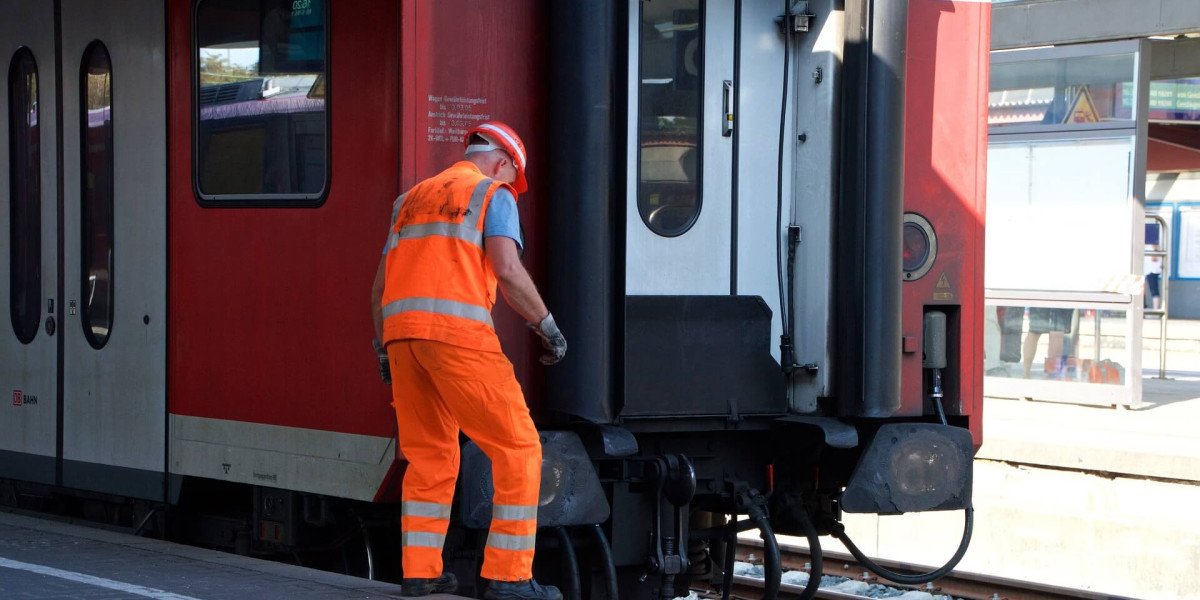In modern construction, not all work happens above ground. Many important projects take place underground, such as installing pipelines, cables, and drainage systems. To complete these tasks safely and efficiently, builders rely on horizontal auger boring machine powerful tools designed to drill precise tunnels without disturbing the surface above.
What Is a Horizontal Auger Boring Machine?
A horizontal auger boring machine (HABM) is a type of trenchless drilling equipment used to create horizontal tunnels underground. It uses a rotating auger inside a steel casing to bore through soil while pushing out the material to the surface. This allows workers to install pipes or conduits without digging large open trenches.
How Does It Work?
The machine is set up in a pit on one end of the job site, where the auger begins drilling horizontally toward a target point. As the auger drills forward, it removes soil while simultaneously installing a casing or pipe behind it. This method keeps the ground stable and prevents collapse, making it ideal for projects under roads, railways, and buildings.
Why Use Horizontal Auger Boring Machines?
Horizontal auger boring machines are popular because they save time, money, and space. Traditional trenching can be expensive, disruptive, and sometimes impossible in urban or sensitive areas. With auger boring, construction teams can complete underground work with minimal surface disturbance, keeping traffic, structures, and the environment intact.
Key Advantages of Horizontal Auger Boring
Minimal Surface Disruption: No need to dig large trenches or damage existing infrastructure.
High Accuracy: The system maintains precise alignment and grade control during drilling.
Versatility: Suitable for various ground conditions including clay, sand, and gravel.
Cost-Effective: Reduces labor and restoration costs compared to open-cut methods.
Environmentally Friendly: Less noise, dust, and environmental impact.
Applications in Construction and Utilities
Horizontal auger boring is commonly used in utility installation and infrastructure projects. It helps install water lines, sewer pipes, gas conduits, and electrical cables beneath roads and properties. It’s also widely used in both rural and urban projects where surface access is limited.
Choosing the Right Equipment
The size and power of a horizontal auger boring machine depend on the project’s needs. Small models are perfect for short, shallow installations, while larger units can bore through tough soil or rock for longer distances. Working with experienced operators and choosing the right setup ensures efficient and safe tunneling.
Final Thoughts
Horizontal auger boring machines are changing the way we build underground. They offer a smart, efficient, and environmentally friendly alternative to traditional digging. Whether for utilities, drainage, or infrastructure, these machines make it possible to build beneath the surface with precision and minimal disruption. In today’s construction world, horizontal auger boring truly represents the future of underground development.








